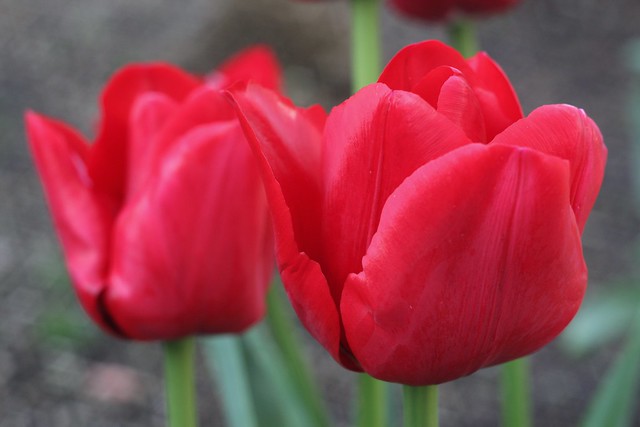Here are a few old photos of Savannah Rapids Park on the Savannah River, in suburban Augusta, GA. This is the point where the river crosses the Fall Line, and the headgates for the historic Augusta Canal are here. These photos were taken around the headgates area, although it's a fairly large park and there's more to it than this. The website mentions something about a waterfall, although I don't recall ever seeing it. If I had, I'm fairly certain I would have taken a photo or two.

The main thing I do remember is looking around for alligators. I'd heard they showed up here now and then, and there were signs warning people to please leave the alligators alone, dammit. Ok, the signs didn't say "dammit", this being the South and all, but the point was conveyed. I didn't see any gators, though, and I was both relieved and disappointed. I'd seen alligators before, during a family vacation to Florida in the mid-80s. They were swimming around in a canal at Cape Canaveral, in fact. Somehow that didn't really count because it happened in Florida, though. Anyway, I finally saw a wild non-Floridian alligator at Hunting Island, on the South Carolina coast, and somehow managed not to get any photos of it. I told coworkers about it later and they weren't that impressed. I think the best analogy is with bears in the western US: Not something you see every day, and a real nuisance when they do show up.

Going back through these old photos, I'm struck by how few photos I have of the Augusta area, despite having lived there for several years. I'm not sure why not; the old historic downtown was quite photogenic, at least if you ignored all the empty storefronts. The Augusta Canal took a very scenic route from the headgates into downtown, past historic cotton mills and under historic bridges, before petering out in weeds and neglect in a bad part of town. I haven't been back in the last decade and maybe it's changed since then, but it wasn't exactly the most economically vibrant city, other than the one week every year when it became the center of the golf universe, and the locals all left town for the duration. Savannah and Charleston had it beat in the tourism department, it was too close to Atlanta to be much of a business hub on its own, and any business that didn't gravitate to Atlanta likely ended up in Columbia or Greenville-Spartanburg, SC instead. Locals seemed to regard this with a mix of puzzlement and resignation. Grand development schemes came and went without rousing the city from its economic doldrums -- a riverfront condo tower in a city that shunned condos and avoided downtown after dark; big new history and science museums the local government couldn't afford to actually operate or maintain; minor league baseball and even hockey(!) teams that came and went; even a riverfront "Georgia Golf Hall of Fame" full of cheesy (and often vandalized) statues of famous golfers. Nothing ever seemed to pan out, and nobody could figure out why. Augusta would make a lot more sense if there was some sort of centuries-old curse on the place, a curse where nothing really terrible ever happens, but the city's forever doomed to watch enviously as nearby cities get all the goodies and it doesn't. But, as usual, Savannah and Charleston ended up with all the cool ghost stories.







